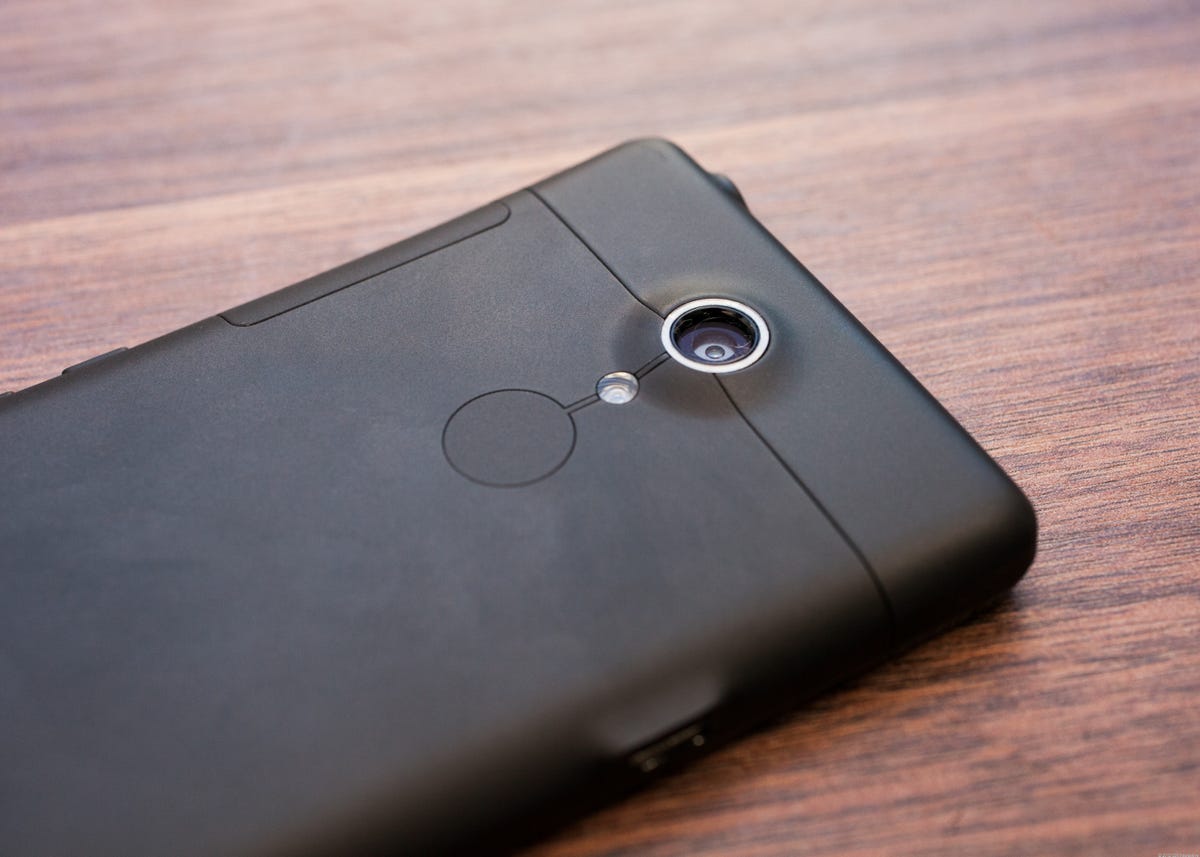When Americans think of mobile phone brands, two maybe three names spring immediately to mind: Apple, Samsung, and perhaps Motorola or even HTC. I bet Sony isn’t on the tip of your tongue, despite the company’s marketing efforts.
Early this year when Sony partnered with AT&T to sell the Xperia Ion, I was very excited. That’s because the Ion was the first official U.S. handset the company created since its messy split with partner Ericsson. I thought perhaps with the unfortunate joint venture behind it, Sony would be able to focus and deliver a phone worthy of its legendary electronics brand.
Sadly this was not the case. Even with its vaunted 12-megapixel camera and fast 4G LTE, the Xperia Ion came up short. First of all, the device shipped with outdated Android 2.3 Gingerbread software, which was obsolete from the start. Second, running the Xperia Ion’s creaky OS was an old Qualcomm Snapdragon S3 processor, resulting in slow performance and sluggish handling.
Also, compared with Sony’s flashy global Xperia NXT series handsets, such as the Xperia P, S, and U, the Ion looked positively drab. The worst of the Ion’s failings, though, is its camera, which took way too long to snap photos. Image quality within photos I captured was disappointing, too, especially under low-light conditions.
Now enter the new Sony Xperia TL, available now on AT&T for $99.99. To be clear, the Xperia TL is almost identical to the older Ion in terms size, shape, and style. What’s different here, however, isn’t the phone’s supporting role in the new James Bond film “Skyfall.” The really important changes are that with Android 4.0 Ice Cream Sandwich and a 1.5GHz dual-core Snapdragon S4 processor, plus an improved 13-megapixel camera, this is the first Sony phone that can stand up to the current smartphone competition.


I have to say I find the Xperia TL the most compelling Sony handset I’ve ever laid my hands on. If I were an AT&T subscriber, I’d seriously consider scooping it up; but I do admit that the original HTC One X — with its excellent camera and fashionable design — still has serious pull.
The big question is whether the Xperia TL’s modern capabilities can turn things around for Sony here in the States. By this I mean increasing brand recognition, customer mind share, and ultimately growing handset sales. For that to happen, the wireless carriers will have to decide if Sony devices are a good bet. Right now, even with its latest American Xperia flavor, I’m not reading the tea leaves in Sony’s favor.


Don’t get me wrong, the Xperia TL is certainly a great phone for the price. Unfortunately it just isn’t an absolutely delectable and delicious piece of mobile hardware the way, say, the iPhone 5 or even Samsung’s Galaxy S3 are. The HTC One X comes close, but you don’t see multiple versions of it sold on a bunch of major U.S. carriers. The same goes for Motorola’s Droid Razr Maxx HD, though Verizon would put the kibosh on it even if Motorola and all four mega carriers clamored for the product. That’s a shame, too, since the Maxx HD is the biggest threat I see to the iPhone and Galaxy S3 hegemony so far.



